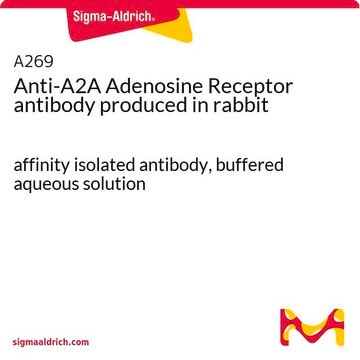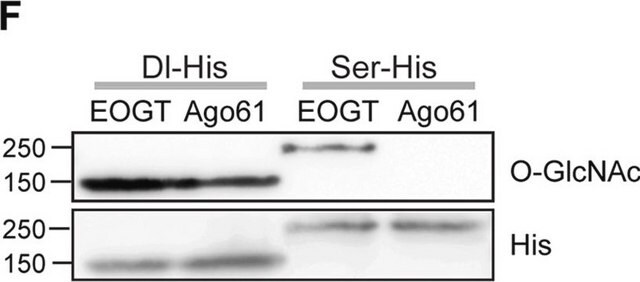おすすめの製品
由来生物
mouse
結合体
unconjugated
抗体製品の状態
purified from hybridoma cell culture
抗体製品タイプ
primary antibodies
クローン
DX 54.10, monoclonal
形状
buffered aqueous solution
分子量
antigen ~175 kDa
化学種の反応性
human, mouse
濃度
~1.5 mg/mL
テクニック
immunocytochemistry: suitable
immunoprecipitation (IP): suitable
microarray: suitable
western blot: 0.5-1 μg/mL using total cell extract of human osteogenic sarcoma
アイソタイプ
IgG1
UniProtアクセッション番号
輸送温度
dry ice
保管温度
−20°C
ターゲットの翻訳後修飾
unmodified
遺伝子情報
human ... TP53BP2(7159)
mouse ... Trp53bp2(209456)
詳細
特異性
免疫原
アプリケーション
生物化学的/生理学的作用
物理的形状
免責事項
Not finding the right product?
Try our 製品選択ツール.
保管分類コード
10 - Combustible liquids
WGK
WGK 3
引火点(°F)
Not applicable
引火点(℃)
Not applicable
個人用保護具 (PPE)
Eyeshields, Gloves, multi-purpose combination respirator cartridge (US)
適用法令
試験研究用途を考慮した関連法令を主に挙げております。化学物質以外については、一部の情報のみ提供しています。 製品を安全かつ合法的に使用することは、使用者の義務です。最新情報により修正される場合があります。WEBの反映には時間を要することがあるため、適宜SDSをご参照ください。
Jan Code
A4480-VAR:
A4480-200UL:
A4480-BULK:
試験成績書(COA)
製品のロット番号・バッチ番号を入力して、試験成績書(COA) を検索できます。ロット番号・バッチ番号は、製品ラベルに「Lot」または「Batch」に続いて記載されています。
ライフサイエンス、有機合成、材料科学、クロマトグラフィー、分析など、あらゆる分野の研究に経験のあるメンバーがおります。.
製品に関するお問い合わせはこちら(テクニカルサービス)








